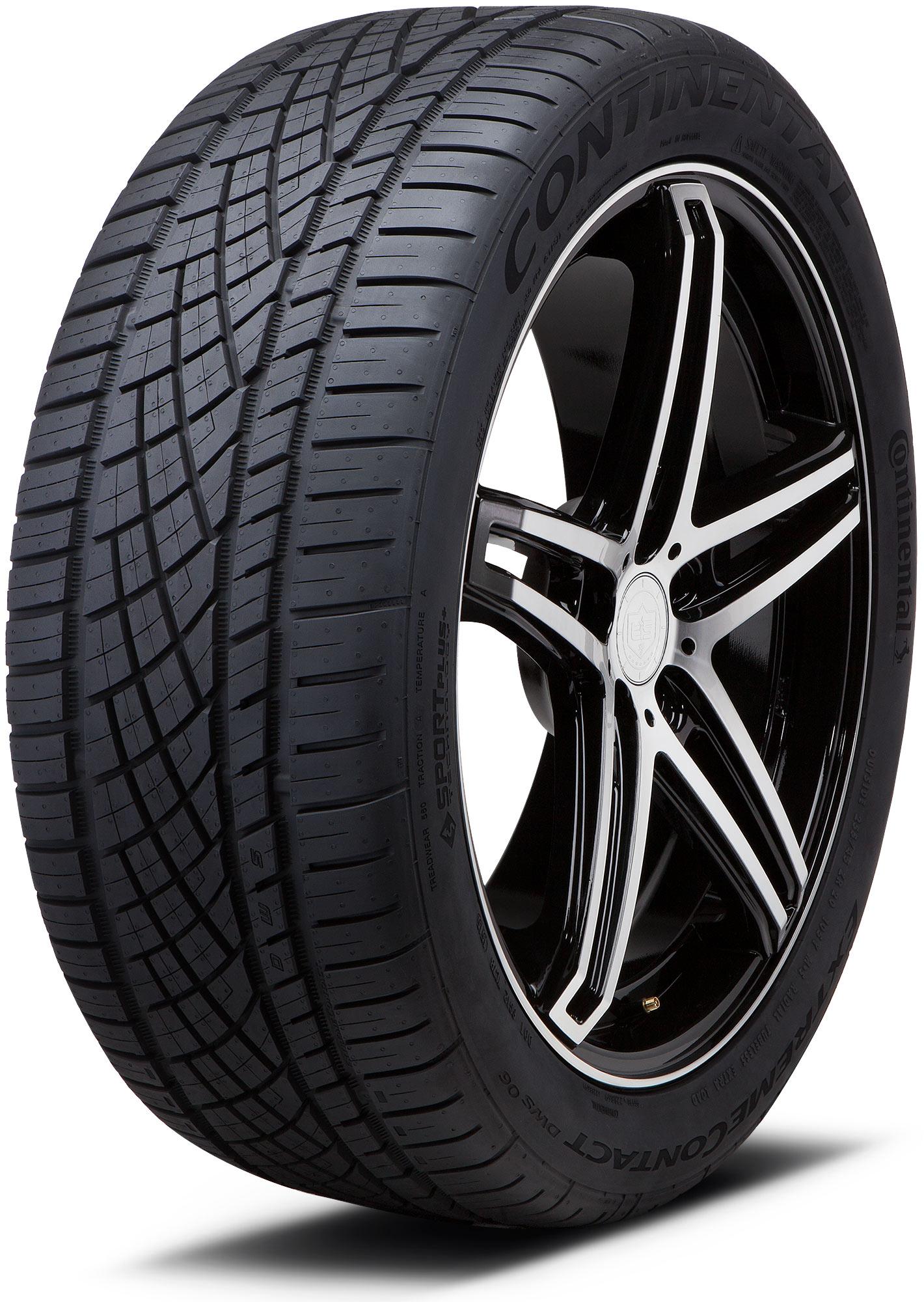Tire weight is a crucial yet often overlooked aspect of automotive maintenance and performance. The weight of a tire can significantly impact various factors, including fuel efficiency, handling, and overall ride comfort. In this article, we will delve into the intricacies of tire weight, exploring how much tires typically weigh, the factors that influence their weight, and the implications of their weight on vehicle performance and safety.
When contemplating how much a tire weighs, one might be surprised to discover a range of weights across different tire types and sizes. On average, a passenger car tire weighs between 20 to 25 pounds. However, as the vehicle’s classification shifts—from compact cars to SUVs or trucks—the weight of the tires can vary considerably. For instance, a tire for a light truck could weigh anywhere from 30 to 50 pounds, and high-performance tires may even exceed this range, especially when considering larger diameters and specialized designs.
The measurement of tire weight is usually specified in pounds, though some manufacturers may also present their specifications in kilograms for global consistency. It’s essential to note that the weight of the tire alone does not represent its total impact on vehicle dynamics; rather, it is one cog in a complex machine influenced by various factors.
Factors Influencing Tire Weight
Several elements contribute to the overall weight of a tire. Understanding these factors can provide insight into how tires perform under different conditions.
- Tire Size: One of the most obvious determinants of a tire’s weight is its size. Tires come in a plethora of dimensions, and those with larger diameters and wider tread patterns will naturally weigh more due to increased materials.
- Construction Type: The method of tire construction significantly affects its weight. For instance, radial tires—characterized by their crisscrossing internal fibers—are generally lighter and more flexible than bias-ply tires. The latter, with plies arranged at a 30 to 40-degree angle, tend to be heavier, owing to the additional materials required for their structure.
- Material Composition: Modern tires are crafted from a blend of rubber compounds and other materials, including steel belts, nylon, and polyester. Each material contributes differently to the overall weight. For instance, a tire with more steel reinforcement will be heavier than one with lightweight synthetic alternatives.
- Tread Design: The tread pattern not only influences grip and performance but also its weight. Tires designed for off-road conditions may feature aggressive tread and thicker sidewalls that add to their heft, while performance tires prioritize lightweight designs for optimal speed and agility.
Implications of Tire Weight
The weight of a tire has various implications on vehicle performance, safety, and efficiency. A lighter tire can enhance fuel efficiency, while a heavier tire may provide better traction in certain conditions. Here, we shall explore these implications in detail.
- Fuel Efficiency: Reducing weight is an excellent way to improve fuel efficiency. Less weight means the engine can operate with less effort, thereby consuming less fuel. Furthermore, a lighter tire can enhance acceleration and braking, creating a more responsive driving experience.
- Handling and Stability: Heavier tires can stabilize a vehicle during high-speed maneuvers due to their increased mass. However, this added weight could affect responsiveness and agility, especially in sports cars designed for sharp cornering. Understanding the balance between weight and handling is crucial for driving enthusiasts.
- Tire Wear and Longevity: The weight of a tire can impact its wear rate. Heavier tires may experience different heat generation and distribution, influencing longevity. Rigorously assessing the balance of tire weight against driving conditions and usage patterns can lead to prolonged tire life.
Different Types of Tires and Their Average Weights
Understanding the weight variations between tire types can enable consumers to make well-informed decisions when purchasing replacements or upgrades.
- Passenger Tires: These typically range from 20 to 25 pounds. Designed for optimal performance in everyday driving conditions, they balance weight, comfort, and durability.
- Performance Tires: Ranging from 20 to 30 pounds, these tires prioritize grip and responsiveness, often utilizing advanced materials to reduce weight without compromising performance.
- All-Terrain Tires: These can weigh between 30 to 50 pounds. Built for rugged off-road conditions, they combine durability with aggressive tread patterns, making them heavier than standard passenger tires.
- Truck Tires: Often ranging from 40 to over 70 pounds depending on size and application, these tires provide support for heavier loads, necessitating robust material use.
Conclusion
In conclusion, the weight of a tire is a multifaceted topic that intertwines with various elements of vehicle performance, efficiency, and safety. Whether you are an everyday driver or a passionate auto aficionado, understanding tire weight provides valuable insight into how to optimize your vehicle’s capabilities. When selecting tires, it is crucial to consider both the weight and the intended usage of your vehicle. Ultimately, the correct balance can lead to an improved driving experience, characterized by greater safety, efficiency, and performance on the road.
